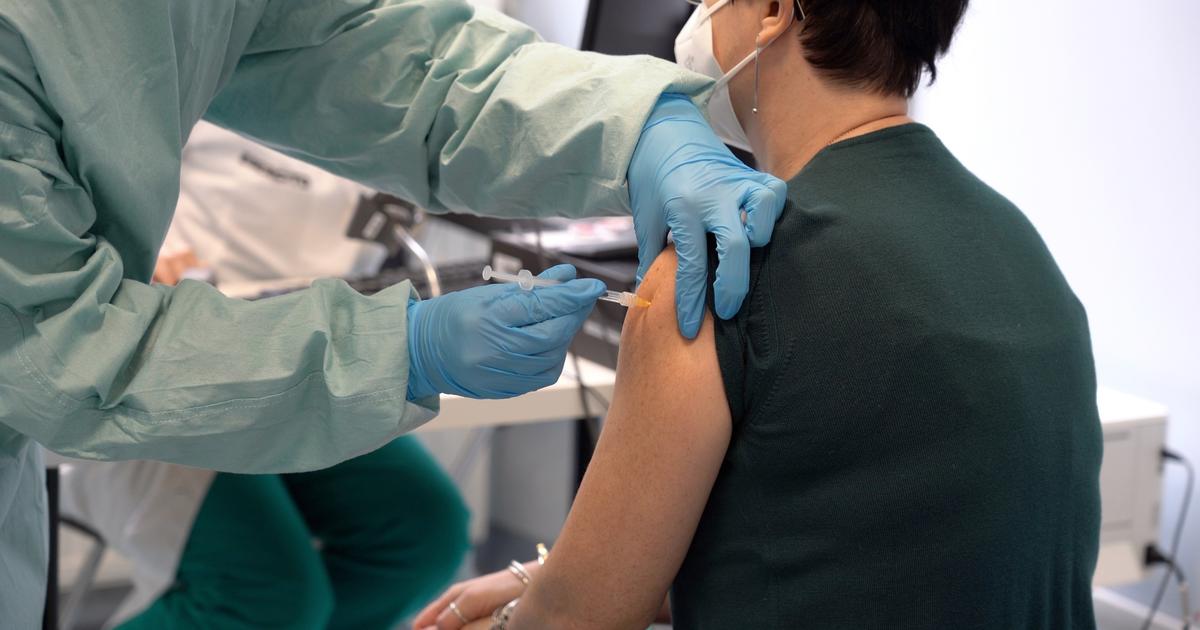A new illustration of inequalities in access to vaccination?
A new vaccine adapted to the Omicron variant has been more often given as a booster to the most advantaged people than an original vaccine in recent weeks, according to a report by the Epi-Phare group published on Thursday.
However, these new so-called “bivalent” products are considered to be at least as effective – and perhaps more – than those of the first generation.
In detail, people vaccinated with a bivalent more often belonged to the wealthiest socio-economic group than those who received an additional dose of the original vaccine: 23% versus 17%.
Conversely, only 16% of them were in the least privileged category, compared to 20% of those vaccinated with the product used for almost two years.
“These people are better informed, so they were more aware that there were new vaccines available.
And when they had the choice, they favored the bivalent ”, explains to the Parisian the epidemiologist Mahmoud Zureik, director of Epi-Phare.
The fall booster vaccination campaign began on October 3.
People aged at least 60 and all those at risk of serious or very exposed forms (adults with comorbidities, pregnant women, caregivers, etc.) are, as a priority, encouraged to reach out once more this fall.
A total of 1.4 million people received a booster dose from October 3 to November 13.
The vast majority of them received a bivalent vaccine, either Pfizer/BioNTech adapted to Omicron BA.4/5 or Moderna adapted to Omicron BA.1.
More than 200,000 of them have received the original Pfizer vaccine, which is still in use until pharmacies and doctors' surgeries are supplied with new products.
"Low" vaccination coverage
Another notable difference in profile relates to age.
Among those over 75, the new vaccines adapted to Omicron were used more often than the original ones (36% and 40% versus 31%).
Several reasons could explain this: nursing homes were more easily supplied with bivalent vaccines than pharmacies and medical practices, the products considered to be the most effective were used in priority in the oldest and therefore most fragile people, etc.
Read alsoThe new vaccines against Covid, really more effective?
Here's why we don't know yet
Individuals who received a booster dose of a vaccine adapted to Omicron also suffered more from certain comorbidities, such as cardiovascular diseases and certain cancers.
Finally, bivalent vaccines have been clearly favored over the original ones in certain regions, such as Brittany.
This could be explained, in particular, by more or less rapid supplies.
In the end, “the booster vaccination rate
[since October 3]
remains low compared to the expected coverage rate,” say the authors of the report.
Only around 15% of over-60s received an extra dose this fall, compared to 70% in England.
The Minister of Health, François Braun, is also publicly annoyed on several occasions.








/cloudfront-eu-central-1.images.arcpublishing.com/prisa/OOLBKF5K4VFN7EA7IFFA4PMVUE.jpg)
